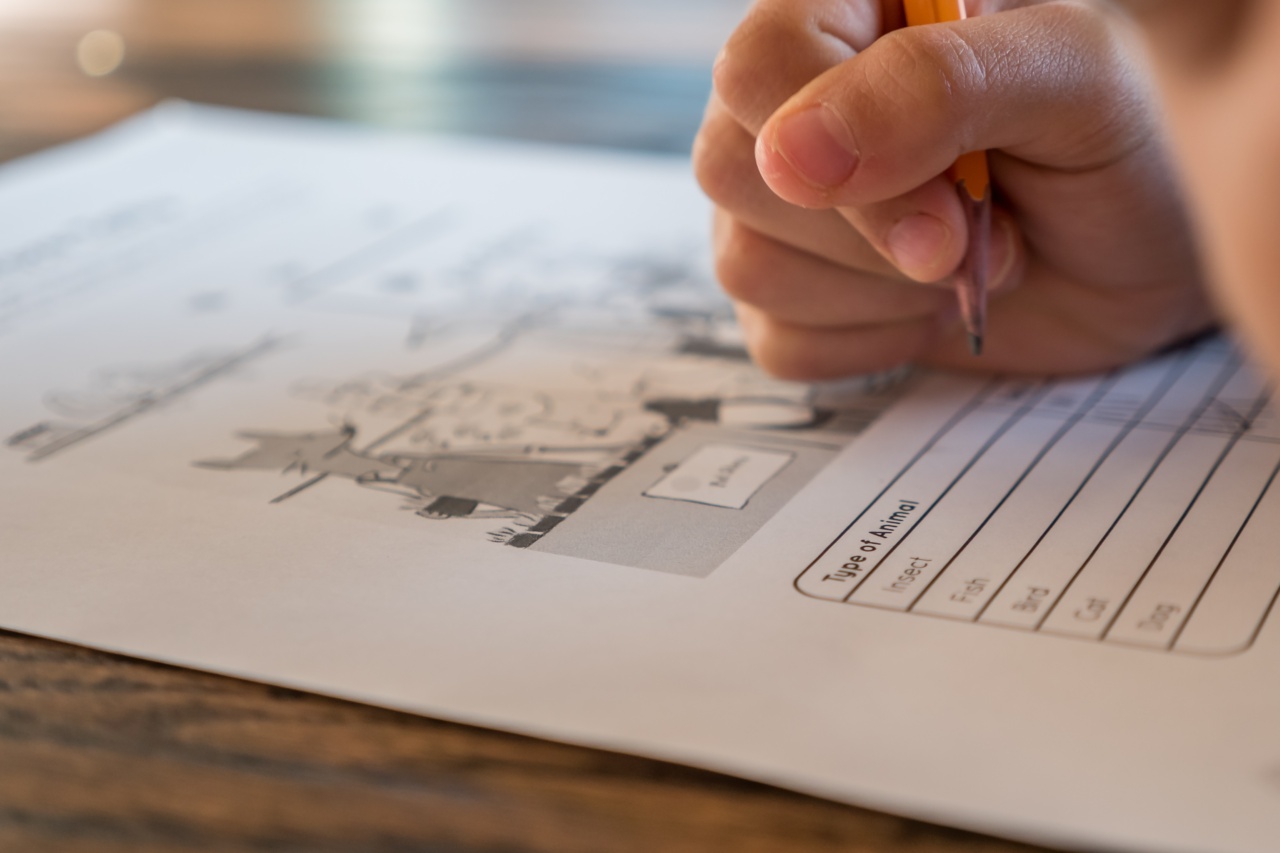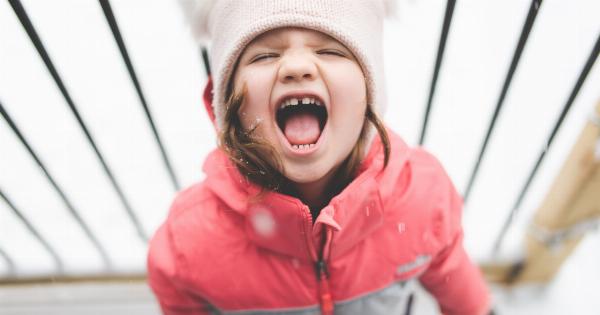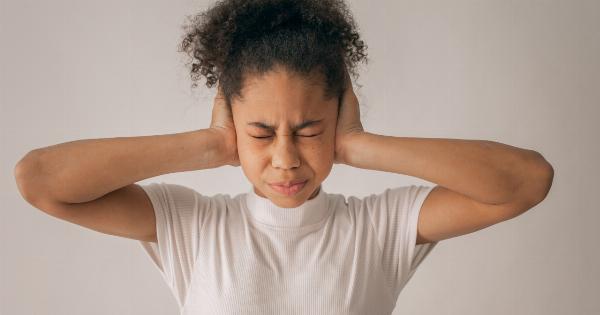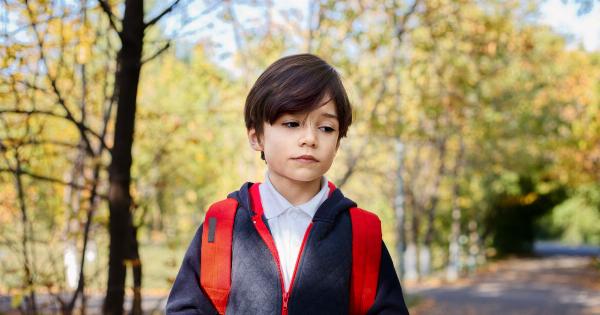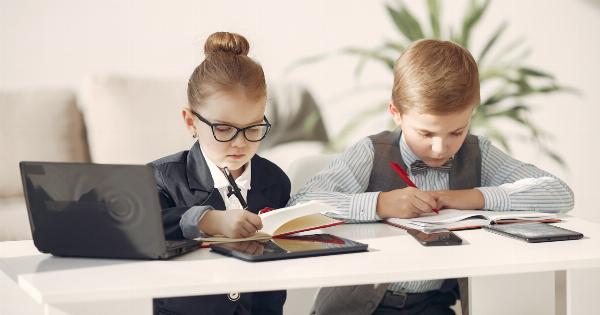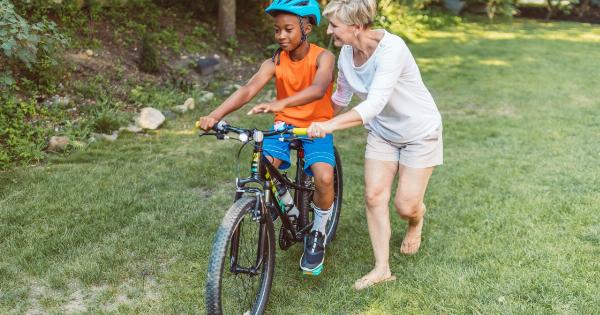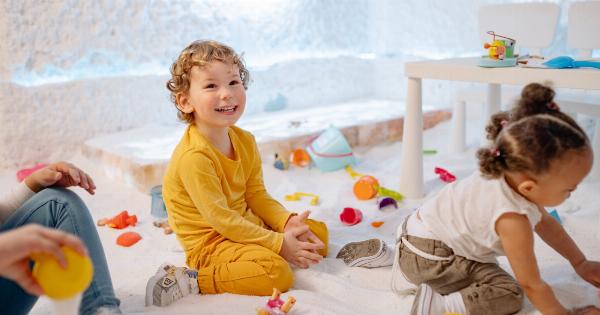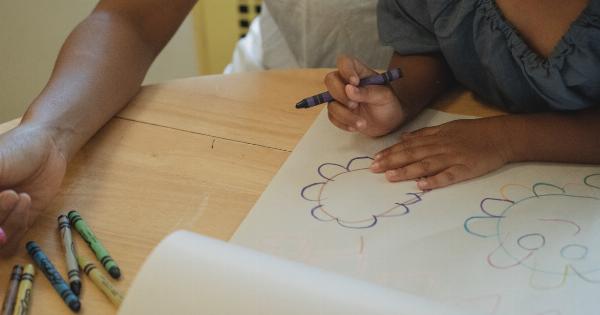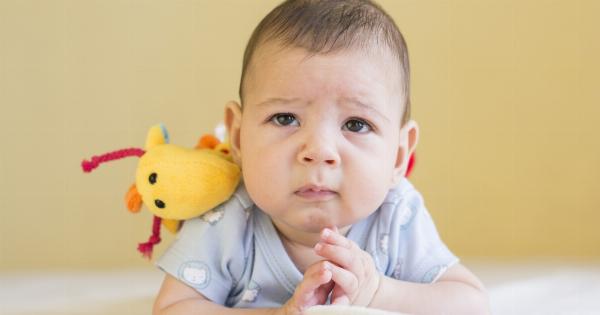Childhood is a stage characterized by growth, exploration, and new experiences. However, it is not uncommon for children to experience panic or anxiety in certain situations.
The science of panic in kids is a fascinating field that aims to understand the causes behind these episodes and find effective solutions to help children cope. In this article, we will explore the various factors that contribute to panic in kids and discuss strategies that can be employed to alleviate their distress.
1. Understanding Panic in Children
Panic refers to an intense feeling of fear or distress that can manifest in physical symptoms such as rapid heartbeat, shortness of breath, dizziness, and sweating.
In children, panic can be triggered by a variety of factors, including environmental cues, social situations, or even internal thoughts and worries. It is essential to understand the unique aspects of panic in children, as their experiences and ability to communicate their emotions may differ from adults.
2. Common Causes of Panic in Kids
Several factors contribute to panic in kids. One major cause is separation anxiety, which commonly emerges during early childhood when children begin to develop stronger attachments to their primary caregivers.
Separation from these caregivers can evoke intense feelings of panic and distress. Another common cause is specific phobias, where children experience irrational fears towards specific objects or situations, such as spiders, heights, or public speaking.
Additionally, traumatic experiences, such as accidents, natural disasters, or witnessing violence, can also lead to panic in children.
These events can create lasting imprints on a child’s psyche, causing them to respond with panic when reminded of the traumatic experience. Social anxiety and performance anxiety are other prevalent causes of panic in kids, triggered by situations such as school presentations, peer interactions, or participating in extracurricular activities.
3. The Role of Genetics and Neurobiology
Genetic and neurobiological factors also play a crucial role in determining a child’s susceptibility to panic. Research suggests that children with a family history of anxiety disorders are more likely to experience panic episodes.
Certain genetic variations may contribute to the overactivity of brain circuits responsible for fear responses, leading to a heightened sensitivity to panic-inducing stimuli.
Neurotransmitters, such as serotonin and dopamine, are also implicated in panic disorders. Imbalances in these brain chemicals can disrupt the brain’s normal fear response system, making children more prone to experiencing panic.
Understanding these genetic and neurobiological factors can help identify children at a higher risk of developing panic and allow for early interventions.
4. The Impact of Environment and Parenting
Environmental factors and parenting styles can significantly influence a child’s vulnerability to panic.
Stressful or chaotic environments, including family conflicts, financial difficulties, or exposure to violence, can contribute to the development of anxiety disorders in children. Additionally, overprotective or excessively controlling parenting styles may hinder a child’s ability to cope with stress and navigate challenging situations independently, making them more prone to panic.
The quality of parent-child relationships and the presence of a secure attachment bond are crucial factors in buffering children against panic.
A secure attachment provides children with a sense of safety and a reliable base to explore the world, reducing their likelihood of experiencing panic in unfamiliar or stressful situations.
5. Strategies for Managing Panic in Kids
There are various strategies and techniques that can assist in managing panic in children:.
a) Psychoeducation
Providing kids with age-appropriate information about panic can help them understand their emotions and develop coping skills.
Teaching them that panic is a normal response and offering simple explanations empowers them to take control of their emotions.
b) Breathing and Relaxation Techniques
Teaching children relaxation techniques, such as deep breathing exercises or progressive muscle relaxation, can help them regulate their breathing and reduce the physical symptoms associated with panic.
Encouraging them to practice these techniques regularly can provide a sense of control over their panic episodes.
c) Cognitive-Behavioral Therapy
Cognitive-behavioral therapy (CBT) is an effective therapeutic approach for managing panic in children. It helps children identify and challenge negative thoughts or irrational fears, replacing them with more realistic and positive beliefs.
CBT equips children with coping strategies to deal with their panic and gradually exposes them to feared situations through a technique called systematic desensitization.
d) Gradual Exposure Therapy
Gradual exposure therapy involves gradually exposing children to feared situations in a controlled and supportive manner.
This technique helps children confront their fears, proving to themselves that they can tolerate discomfort and reduce their panic response over time. This approach should be tailored to the child’s age and individual needs.
e) Parental Support and Involvement
Providing a supportive and understanding environment is crucial for helping children manage panic. Parents can encourage open communication, actively listen to their child’s fears, and provide reassurance and comfort when needed.
Involving parents in the therapy process can also equip them with strategies to support their child’s progress and reinforce therapeutic techniques at home.
6. Seeking Professional Help
While many children experience occasional panic episodes that can be managed with the strategies mentioned earlier, persistent or severe panic may require professional intervention.
Mental health professionals, such as child psychologists or psychiatrists, can conduct comprehensive evaluations and develop individualized treatment plans for children experiencing panic disorders.
Therapy options may include individual counseling, group therapy, or a combination of approaches, depending on the child’s needs.
In some cases, medication may be prescribed to manage severe symptoms or when an underlying biological cause is identified. It is essential to work collaboratively with healthcare professionals to determine the most appropriate treatment approach.
Conclusion
The science of panic in kids is a complex field that takes into account genetic, neurobiological, environmental, and psychological factors.
Understanding the causes behind panic in children is essential for developing effective solutions and ensuring that kids receive the support they need to manage their anxiety. By employing various strategies such as psychoeducation, relaxation techniques, cognitive-behavioral therapy, gradual exposure, and parental support, children can gain control over their panic and lead healthier, happier lives.
